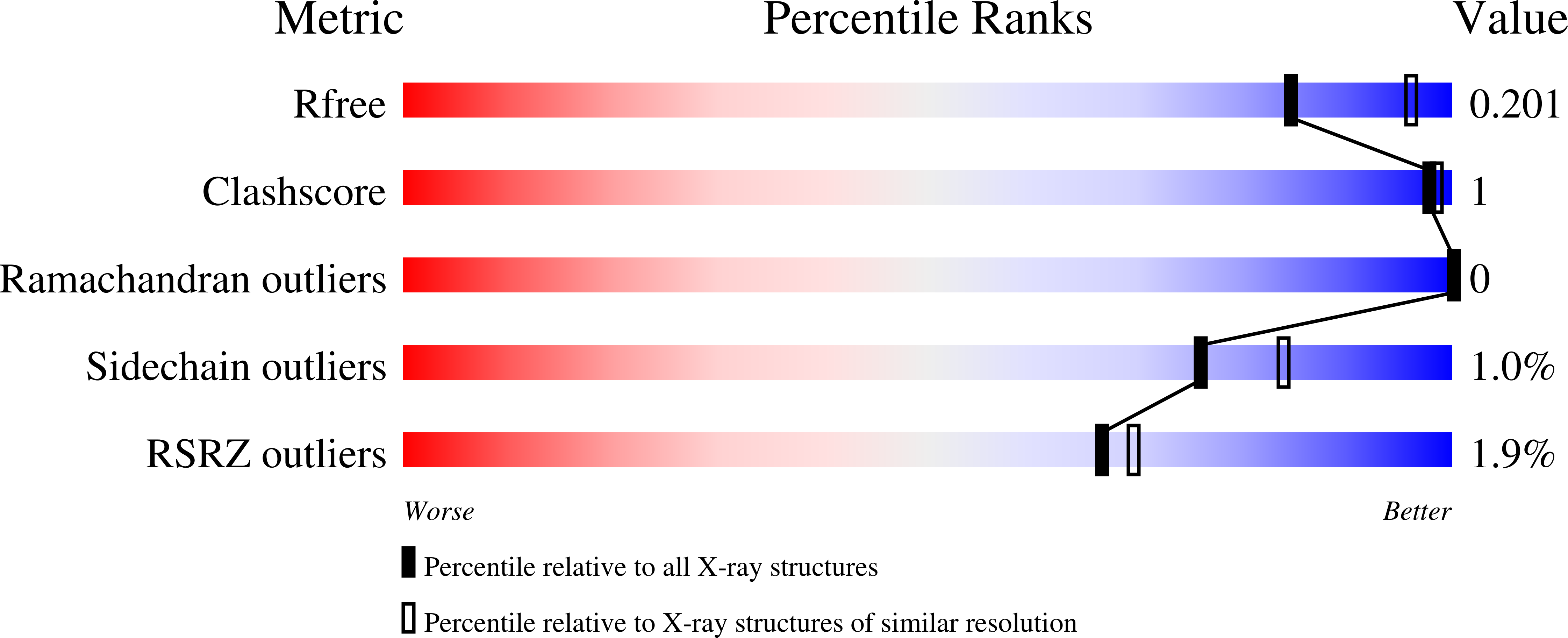
Deposition Date
2021-02-24
Release Date
2022-03-02
Last Version Date
2023-10-18
Entry Detail
Biological Source:
Source Organism:
Vibrio cholerae (Taxon ID: 666)
Simian immunodeficiency virus (Taxon ID: 11723)
Simian immunodeficiency virus (Taxon ID: 11723)
Host Organism:
Method Details:
Experimental Method:
Resolution:
2.25 Å
R-Value Free:
0.19
R-Value Work:
0.15
R-Value Observed:
0.15
Space Group:
P 21 21 21


